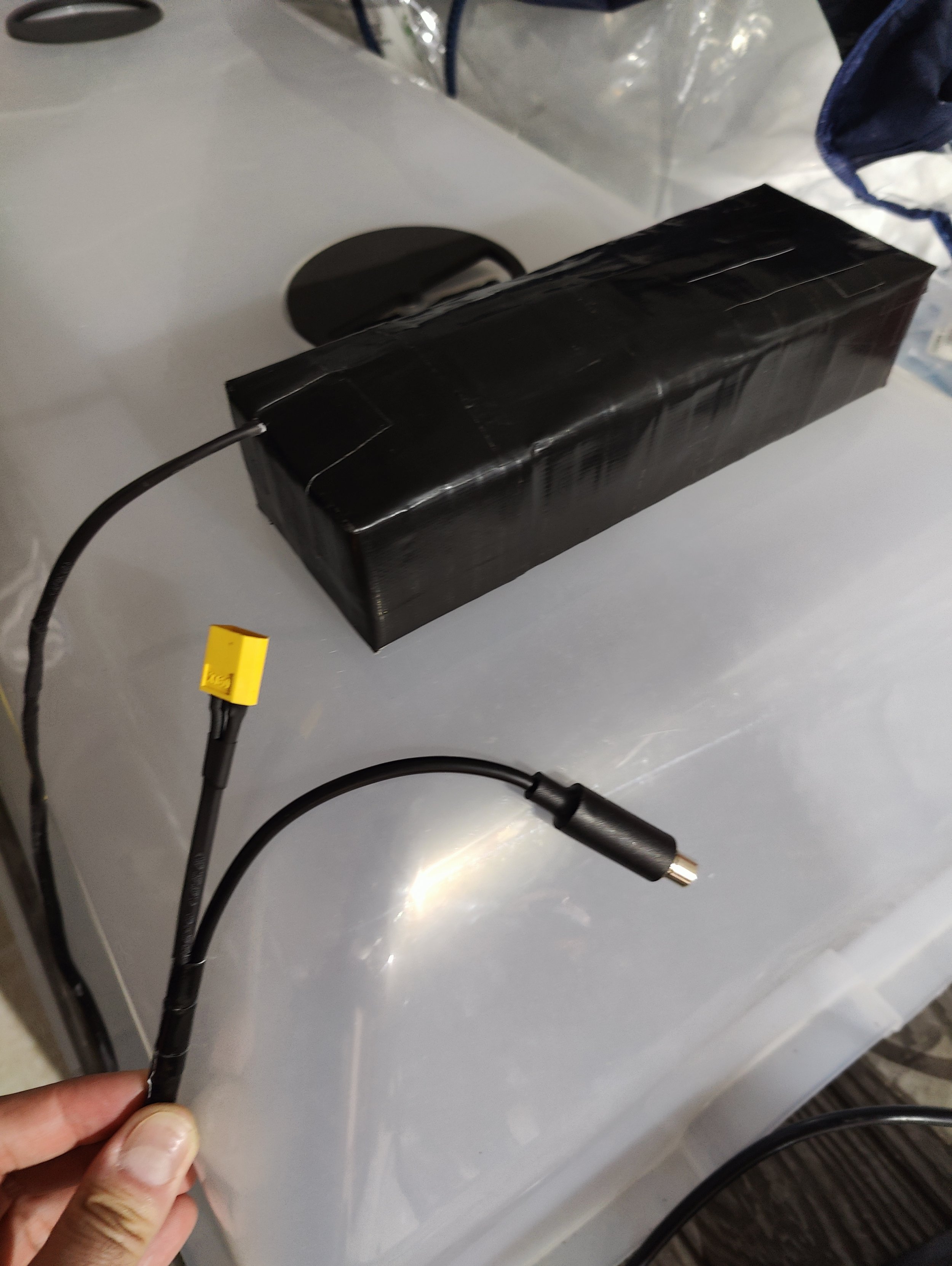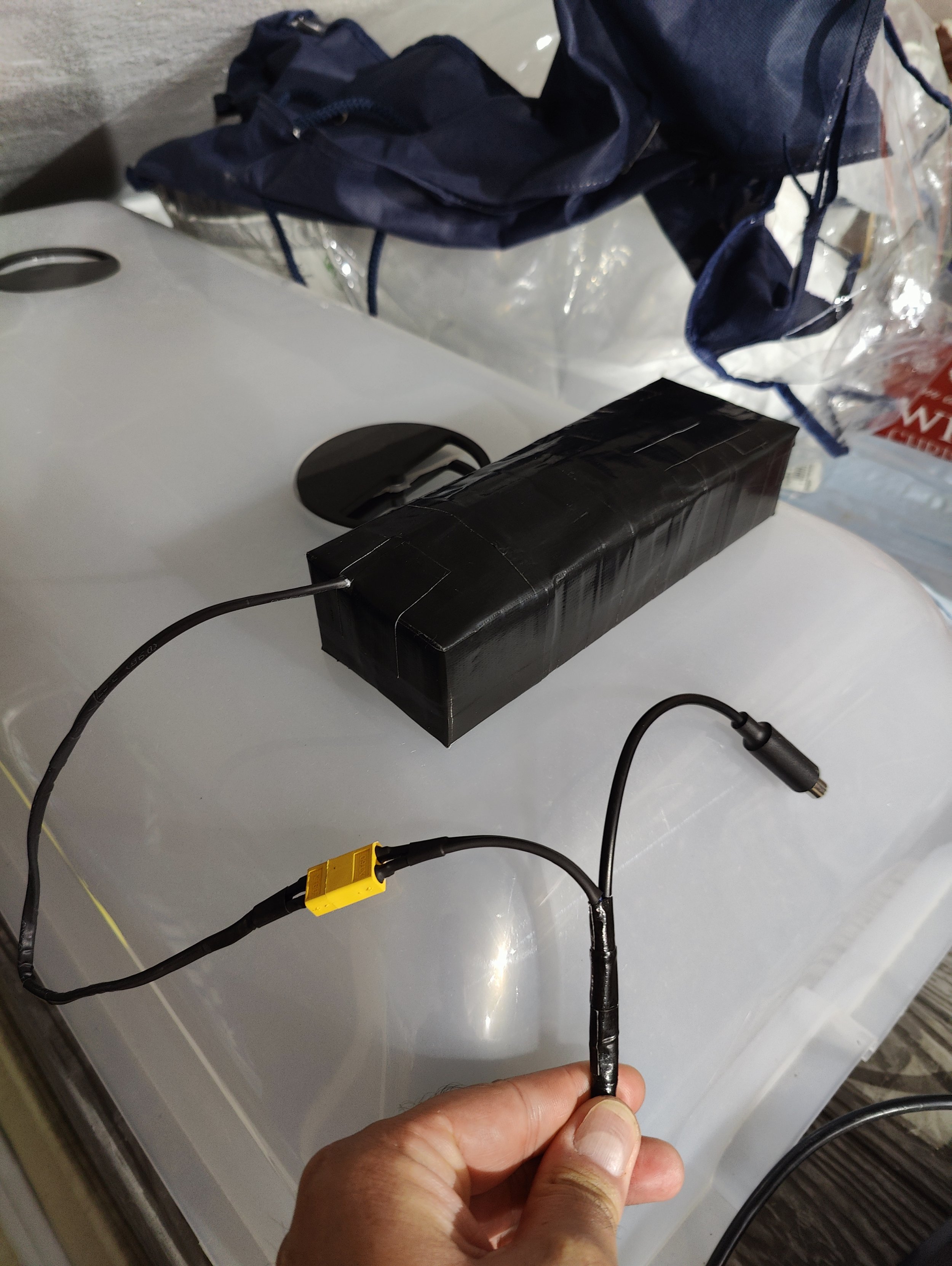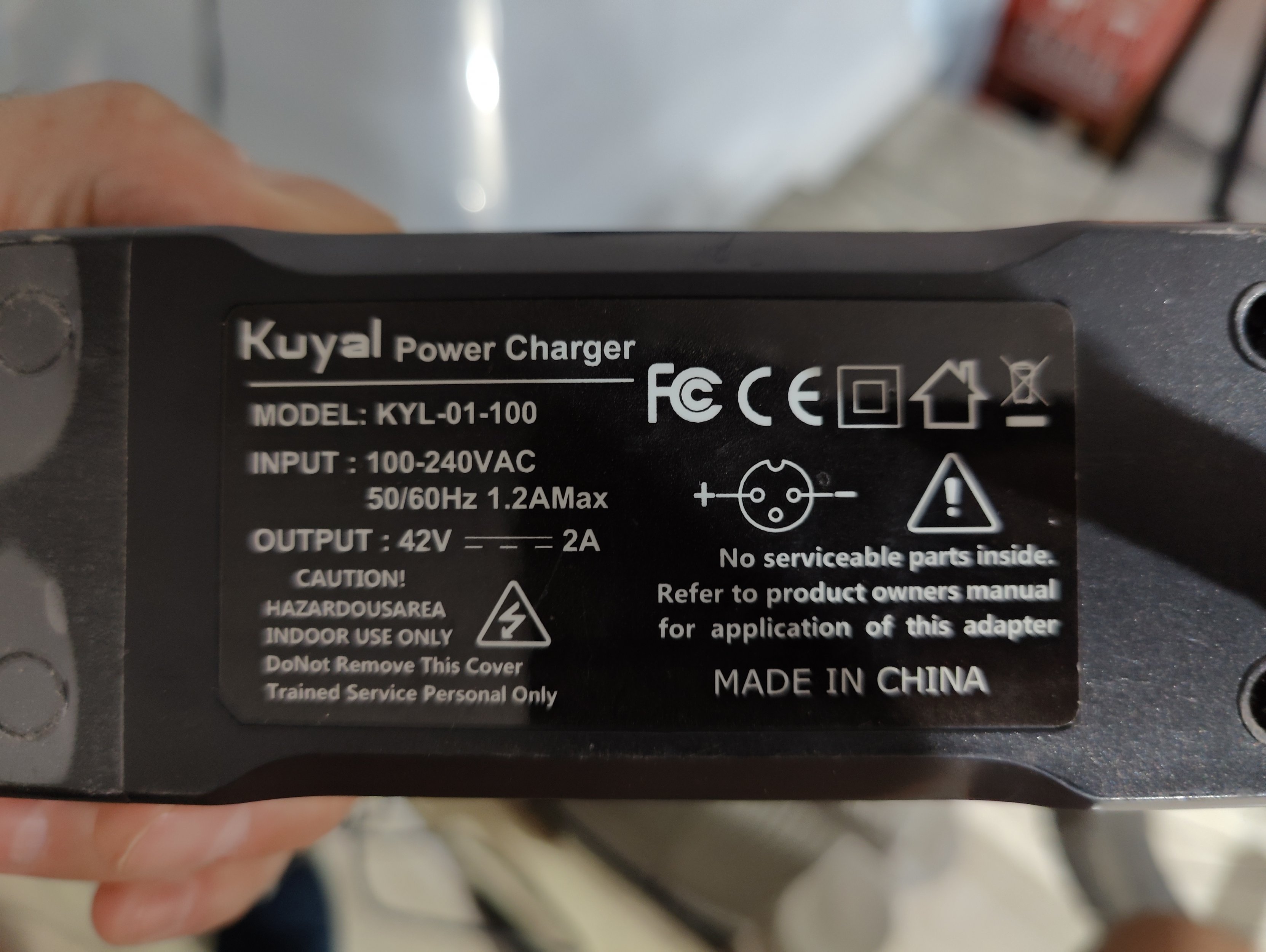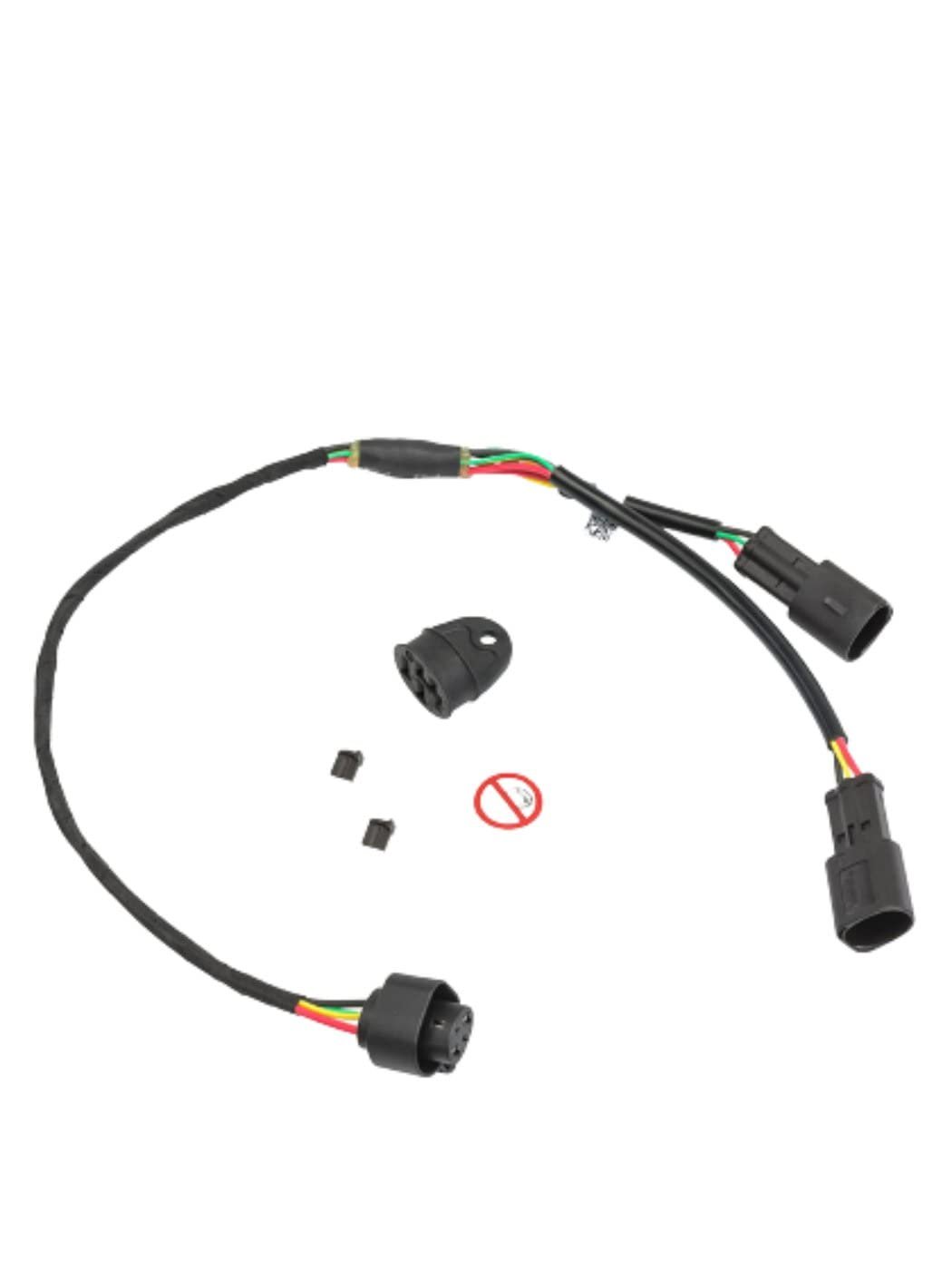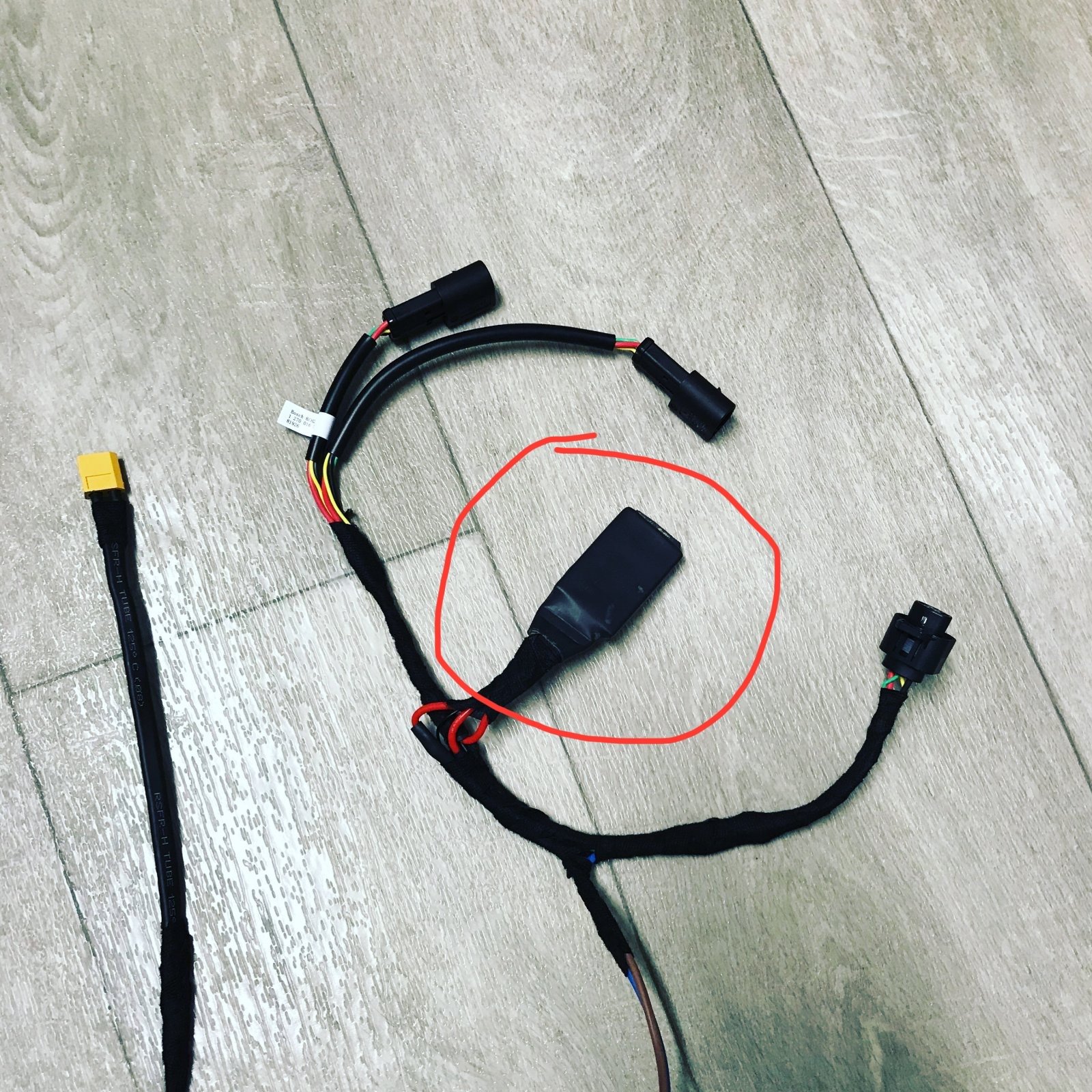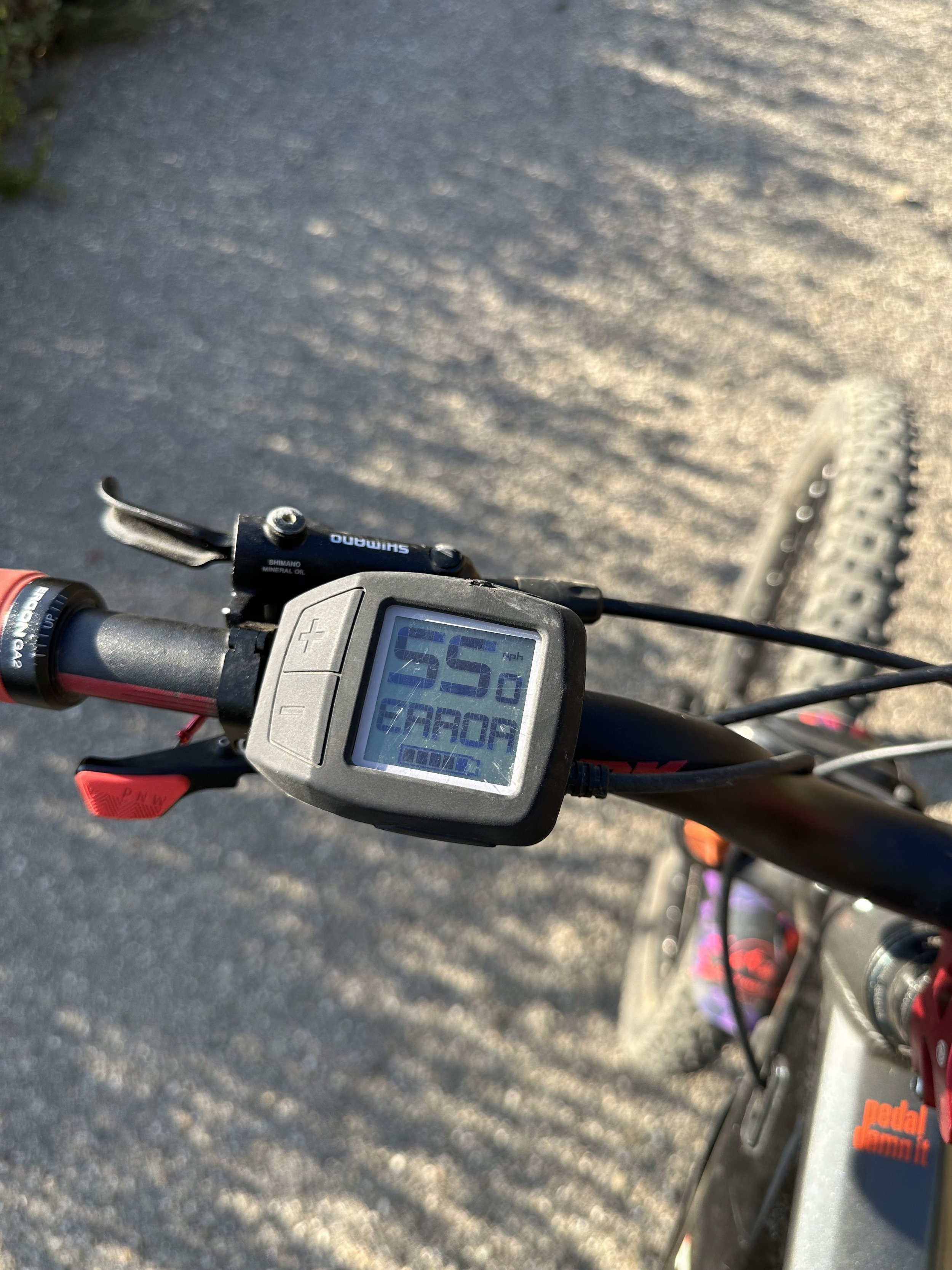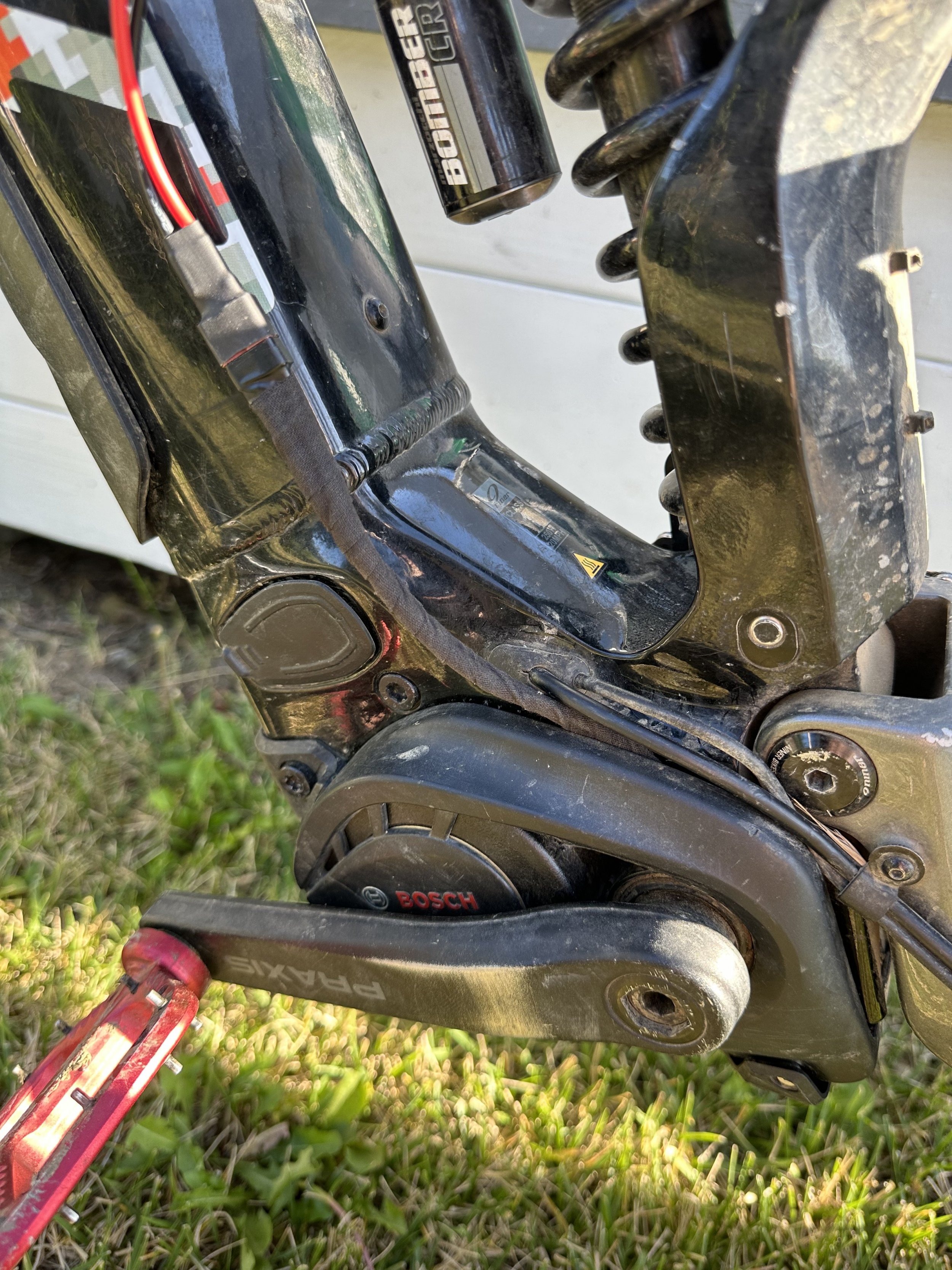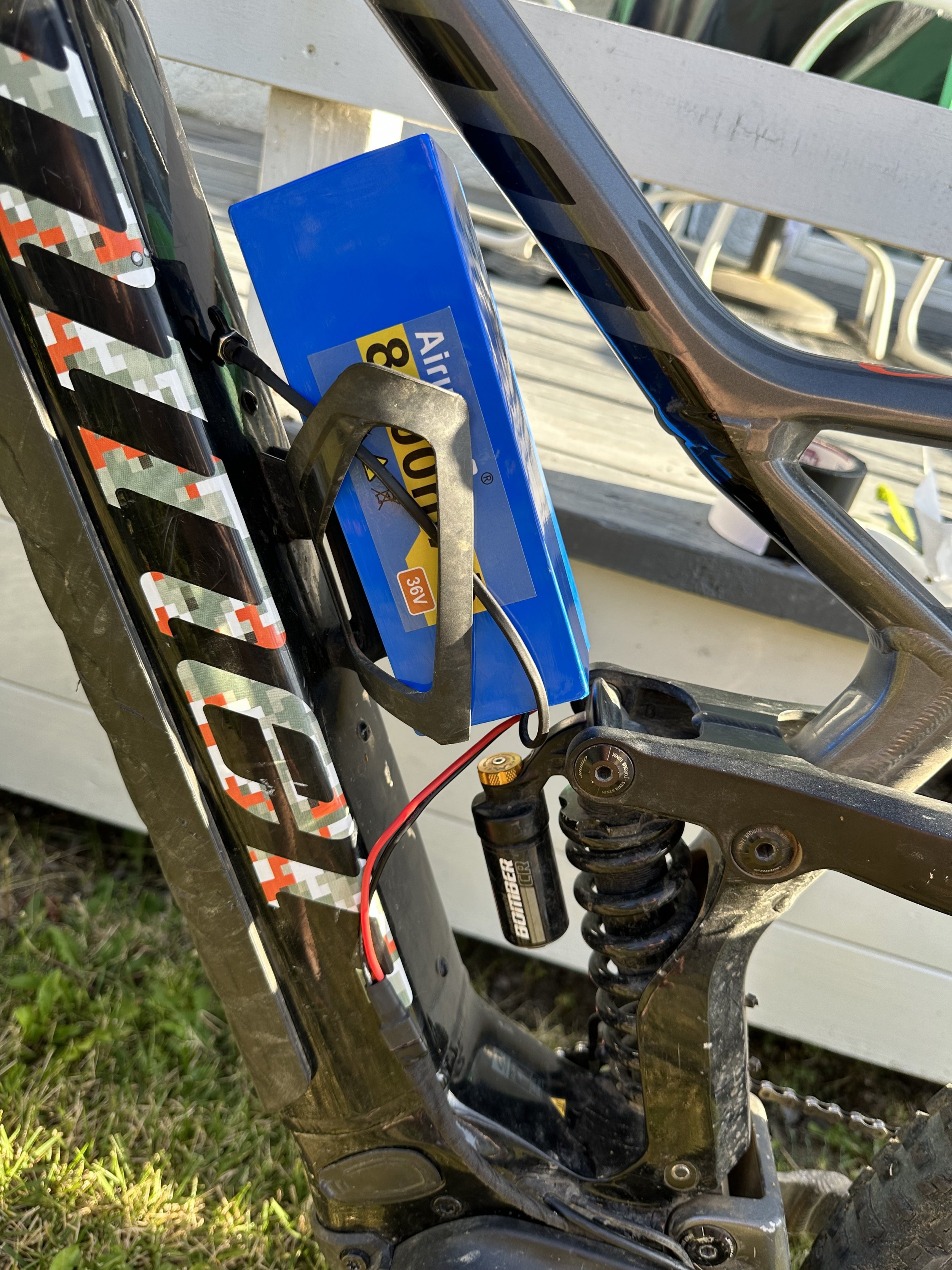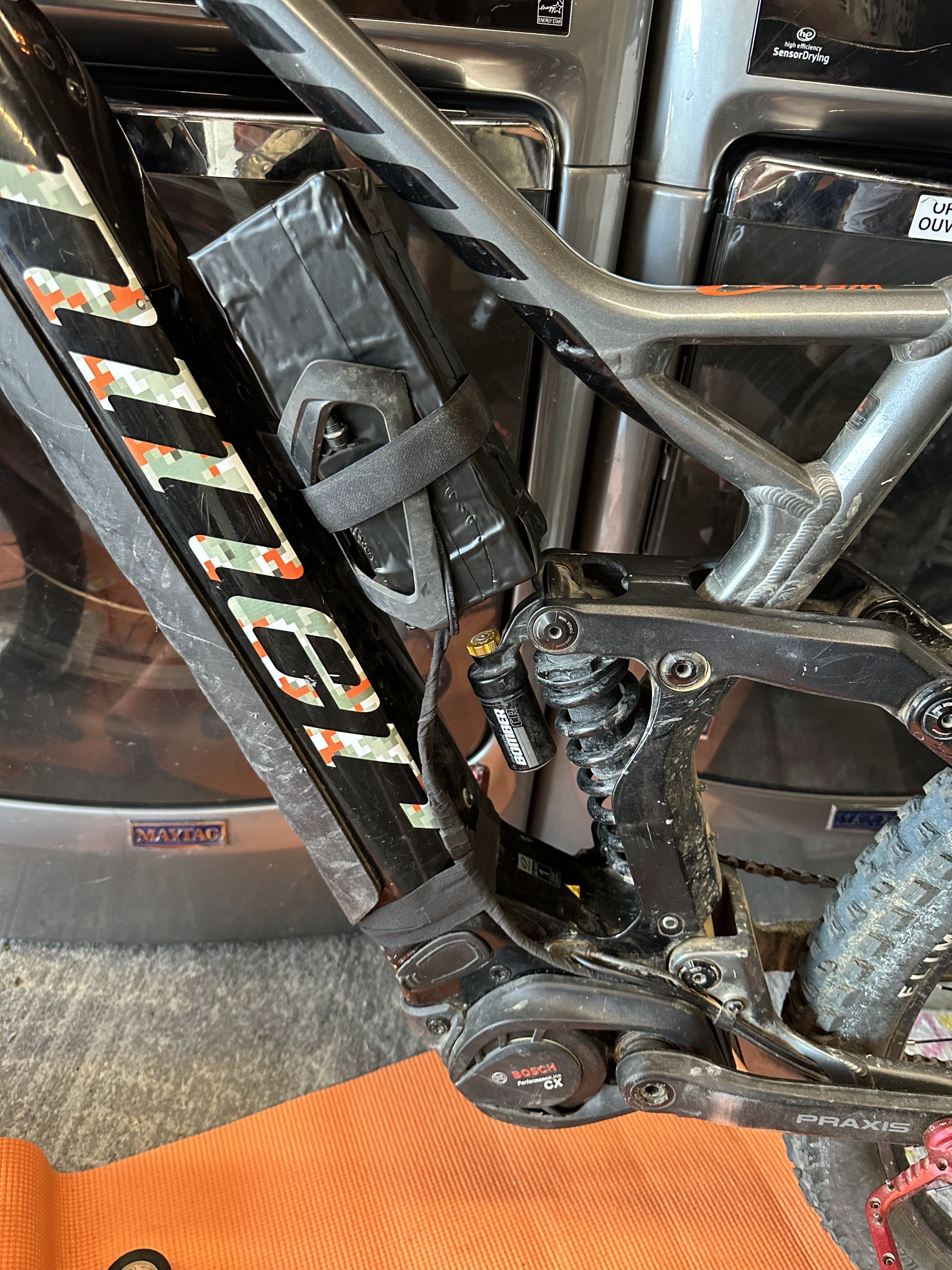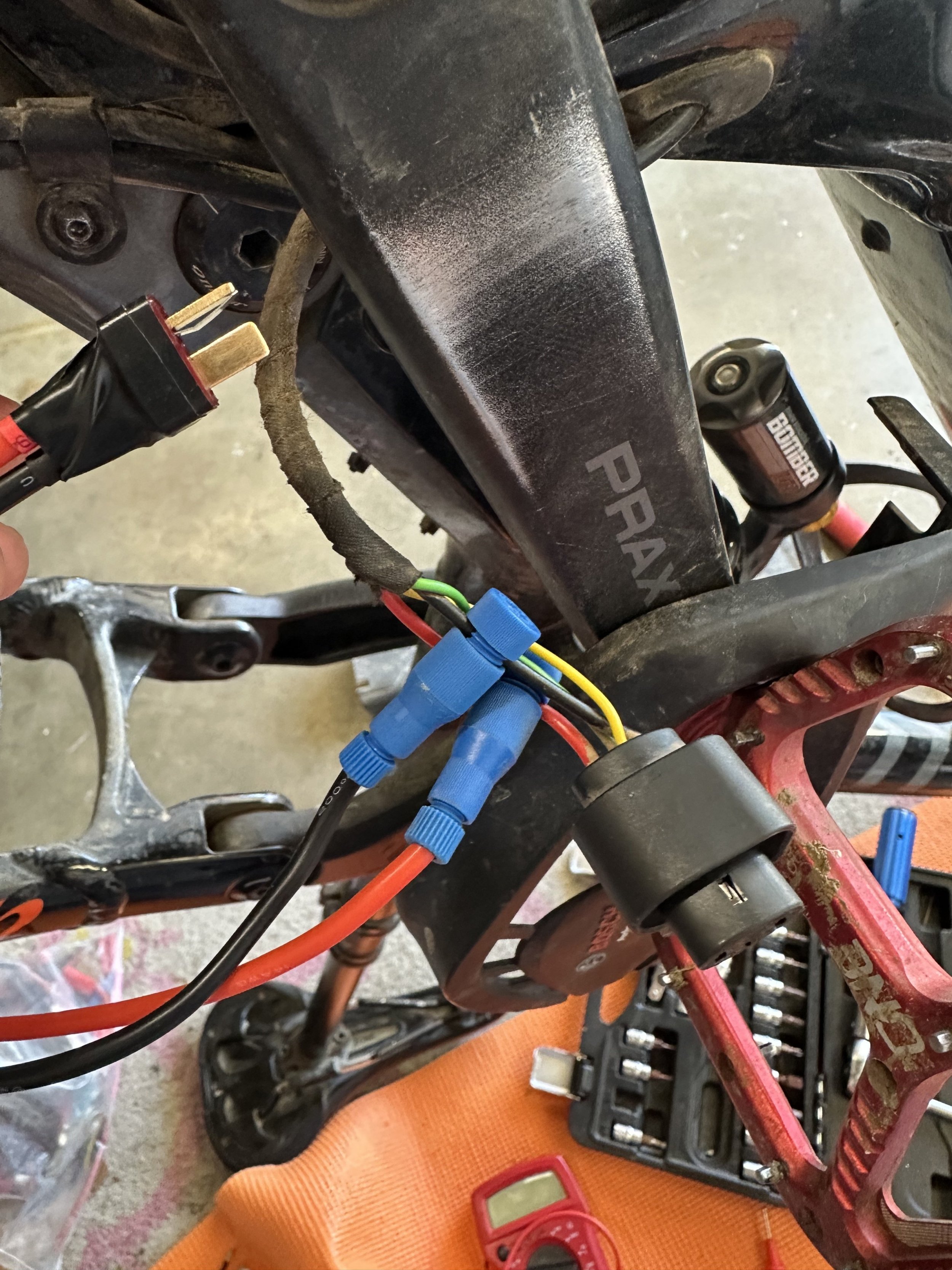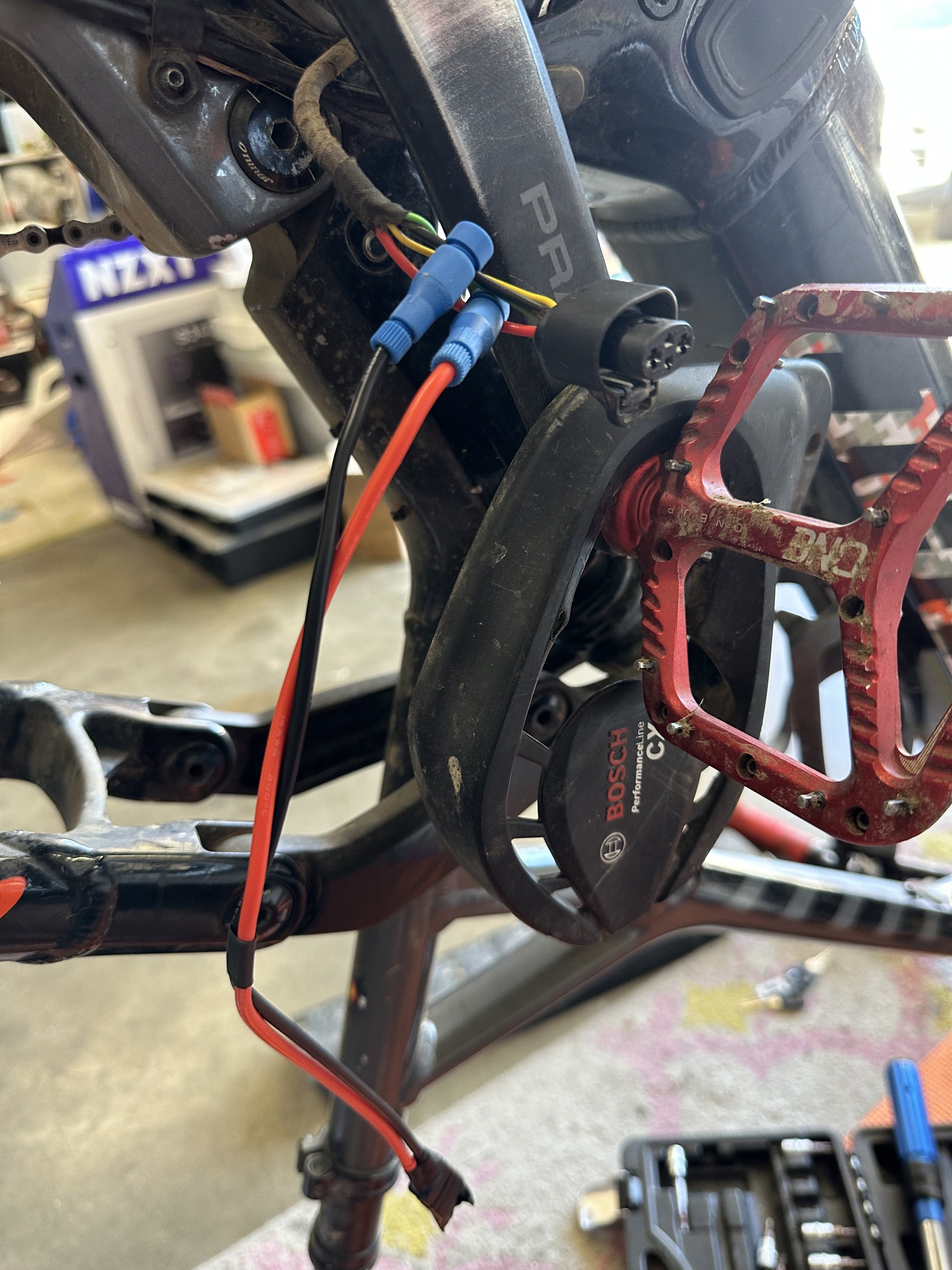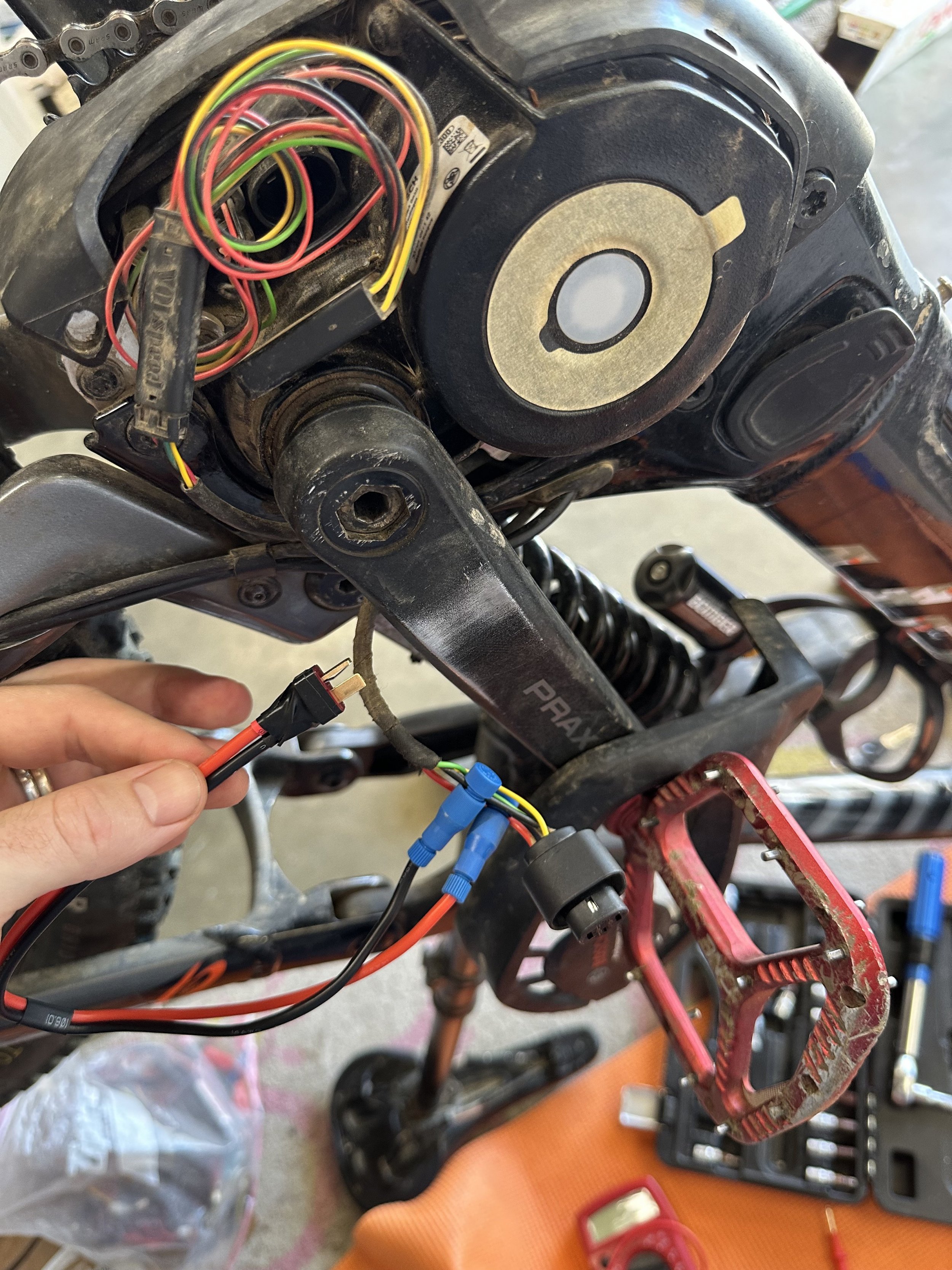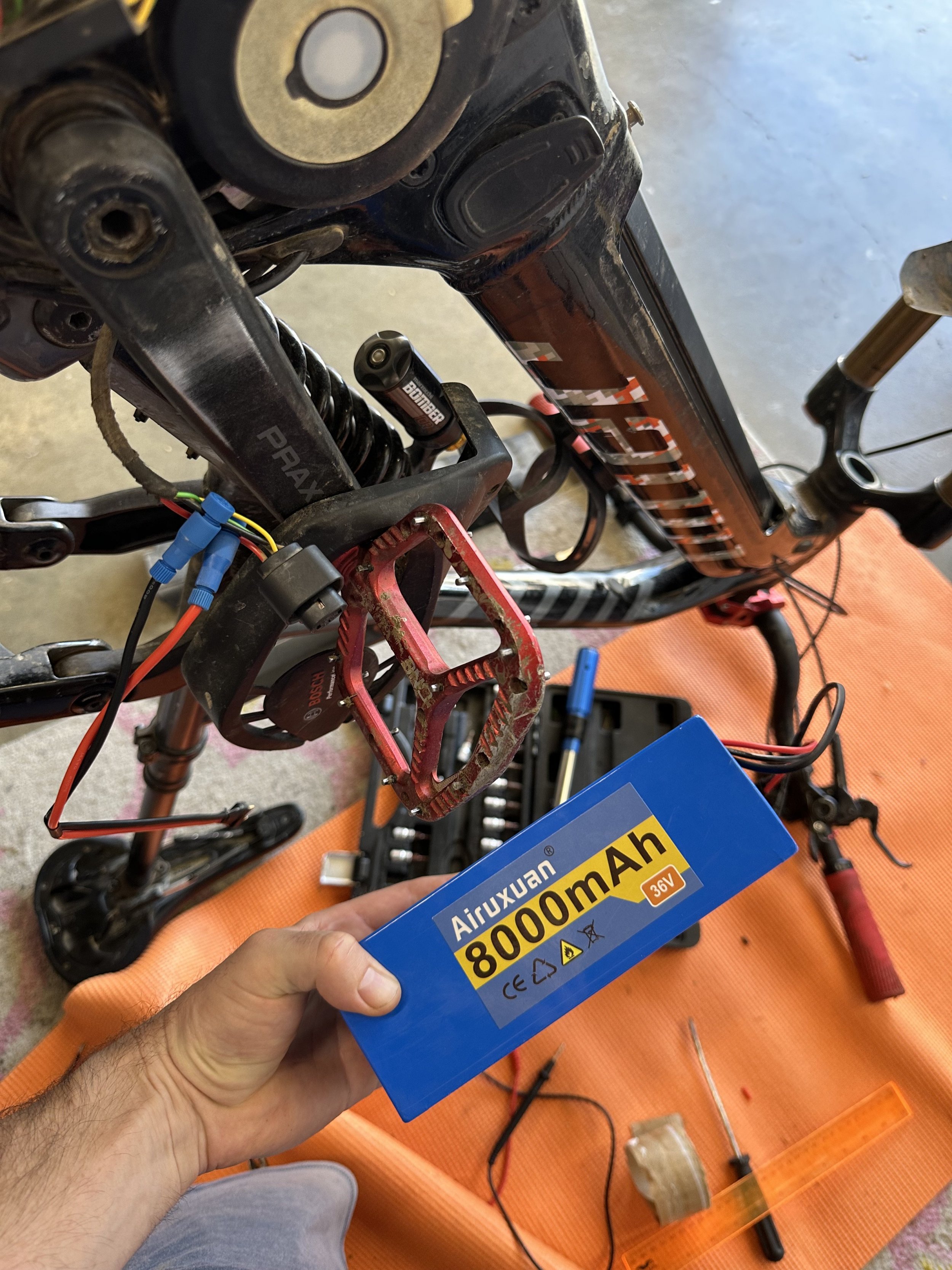Hello Guys,
So here I am to make my first post, apart from the introduction one.
Some context first.
I ride a 2021 Cube Stereo Hybrid HPC 140 TM 625Wh. It's my first ebike and I bought it in second hand few month ago still in 2023.
This ebike its simple gorgeous and very well equipped, I never gave attention to Cube as a brand but now I am a fan. Cube delivers very high end ebikes at very competitive prices comparing both equipment and price with other brands.
So I got positive surprised.
Now Buying a 2021 ebike in current year 2023 means that I will face a 625Wh VS 750Wh Smart System (SS) challenge.
Two of my friends bought a recent 2022 KTM's Macina Prowler Master 750 SS and so they have +/- 25KM more in battery range comparing with me.
This means that every time we have a long ride (more than 50km) I have to be extra careful managing and switching the assist modes in order to arrive home with Battery.
That's why I started to search for battery range extenders. Quickly I found out that Cube doesn't has one and I found a new brand called Volabike that make them but with an high cost (at least for my wallet).
Since I am an electronics enthusiast I start thinking in a way to build my own range extender and I was successful.
Here what its needed:
- Soldering Iron
- Electric tape
- Silicon Electric Wire 18 awg
- XT60 Plugs (Male and Female)
- 10S 30A BMS
- 18650 Lit-Ion Cells
- 18650 Spacers
- 18650 tape
- Spot Welder DIY Kit
- Nickel Stripe
- Side way bottle holder
Seems too much but it isn't.
Usually ebikes, scooters, etc use LG MJ1 18650 cells because they have 10A discharge rate and has 3500mah capacity.
Since LG cells were too expensive I have used Panasonic NCR18650BD cells.
I have built a 10S2P battery, 36V with 6,36Ah and 229Wh that weights +/- 1,2Kg.
For all that concerns Spot Welding and BMS Soldering part there's plenty of videos in youtube explaining step by step.
I have coupled it direct in the Black (negative) and Red (Positive) wires that are in the big plug that connects to bosch motor, so making positive with positive and negative with negative (Parallel=Same Voltage and sum the capacity of each battery).
The battery its hold in the Side way Bottle holder with Velcro.
The setup has a very minimalistic and simple sigh view.
Now I am happy to say the with less than 50€ I have built my own range extender, and now I have 625Wh (from Bosch PowerTube Battery) + 229Wh (from range extender) = 854Wh in total.
I am heavier (body) comparing to my friends and still has more riding range as they have.
I will soon attach some images.
So For those who are thinking in spending thousands in buying a new ebike because of the extra range that 750 ones provide, think twice as with +/- 50 to 100€ you can build a range extender and keep your ebike.
The more cells you add the more range you will have but more heavier the battery will be, and of course you need to respect the maximum Wh that Bosch Motor supports, in what regards to Performance Line CX its 11XX WH but to be in safe side try not to exceed 1000Wh in total.
This not a detailed DIY, I know and sorry for that, but its more to show you that it's possible to build your own a cheap custom battery to improve the range of our ebikes and avoid wasting thousands in a new ebike just to follow the marked tendency.
Regards
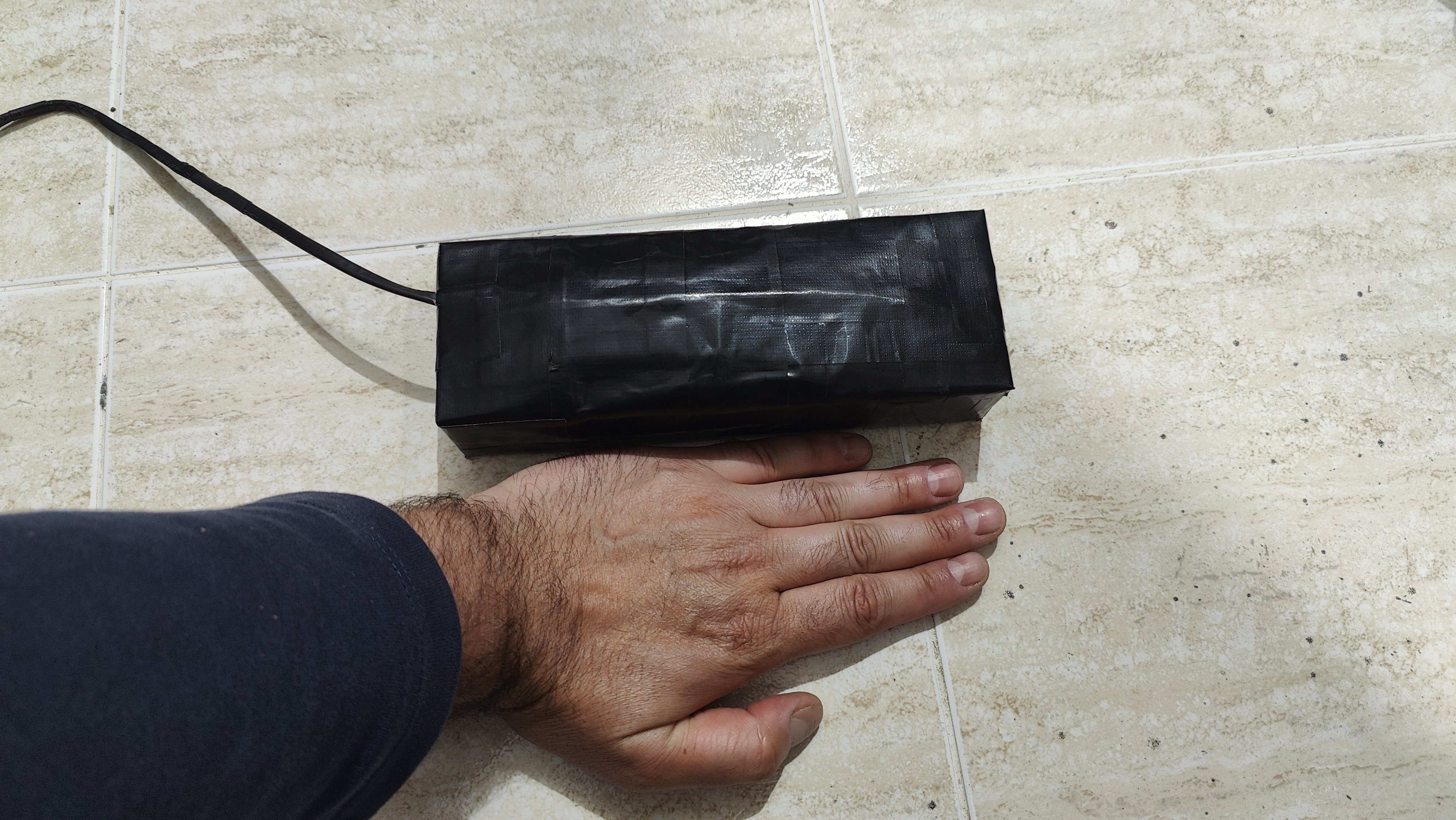
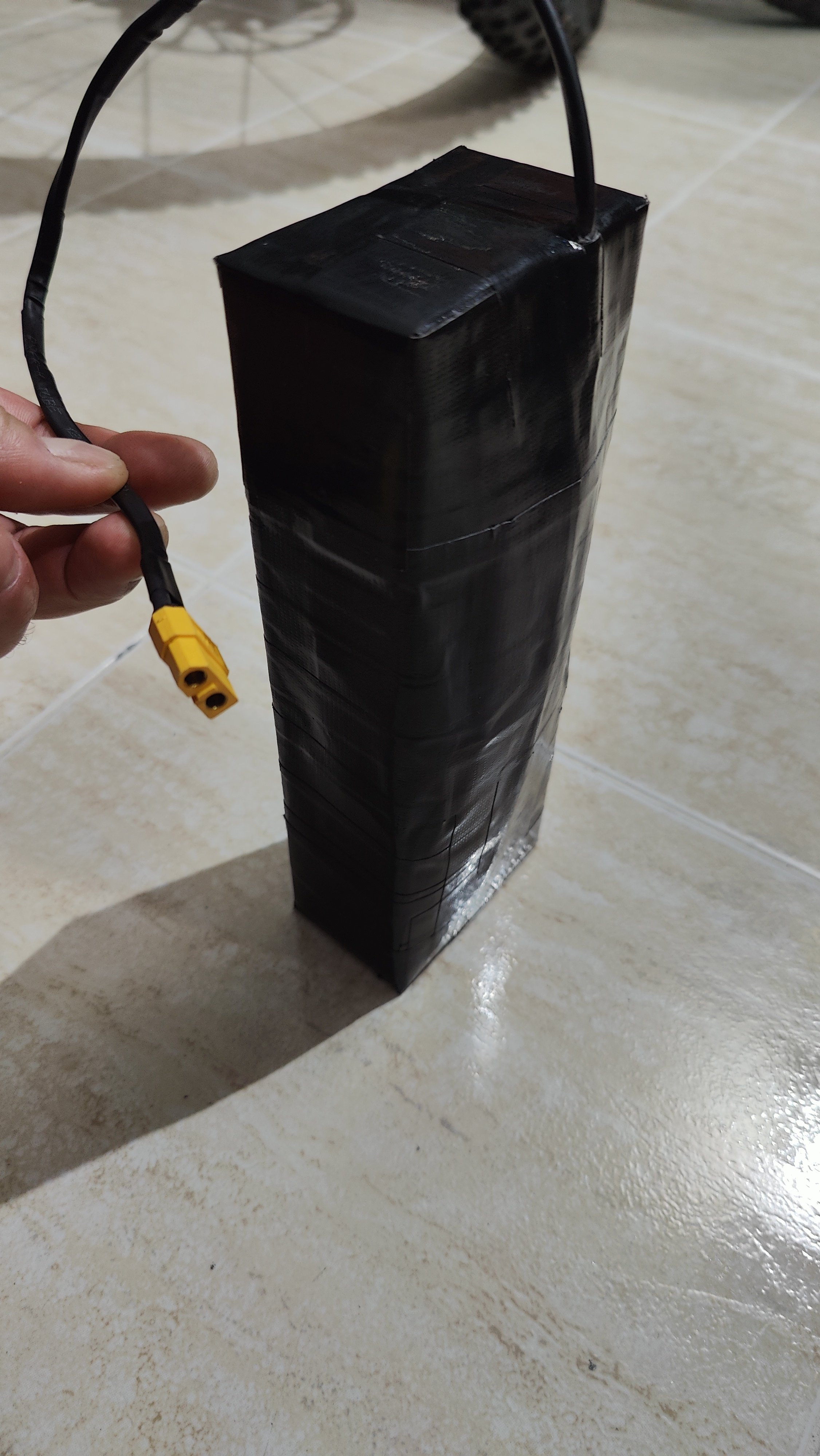
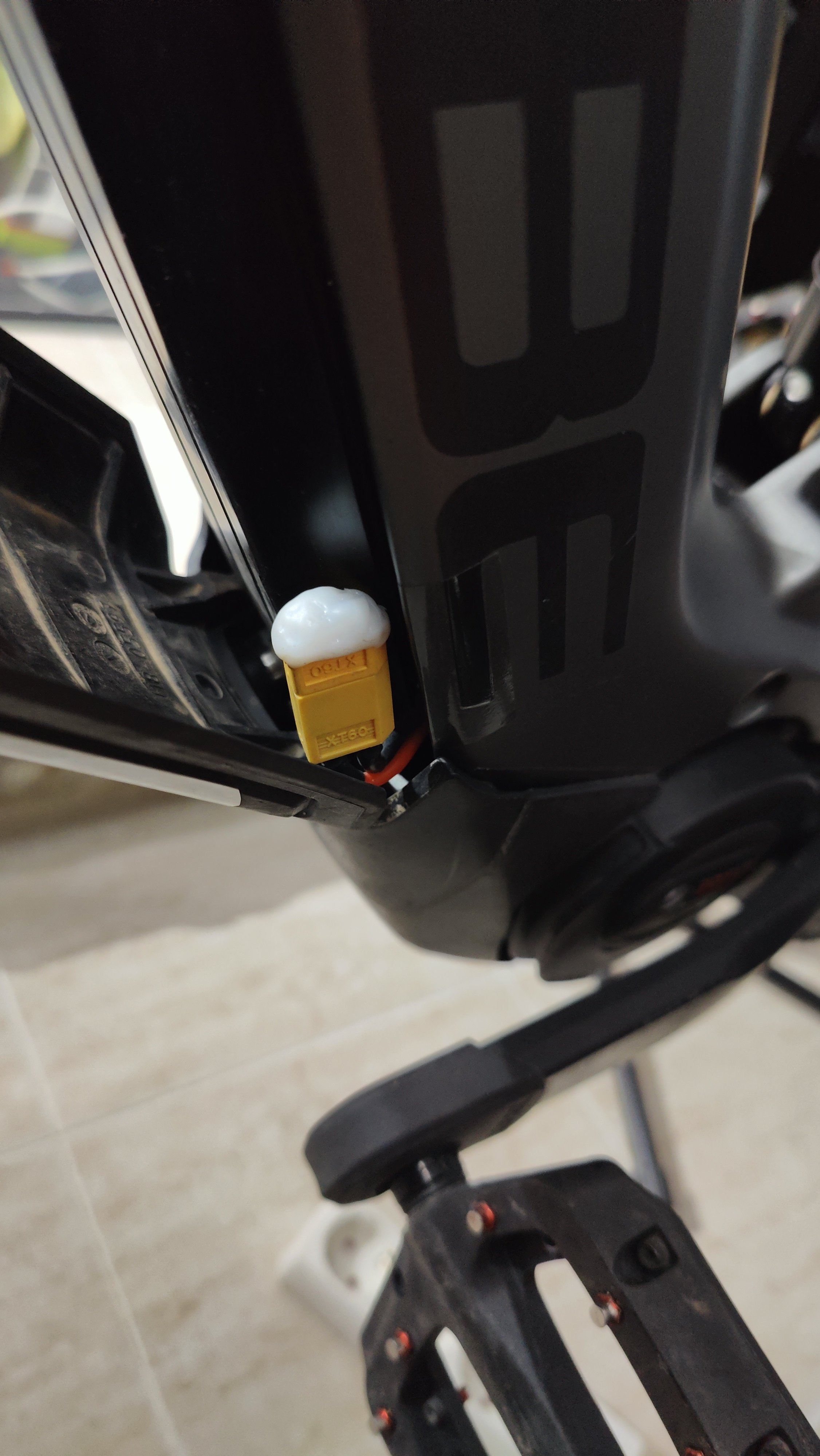
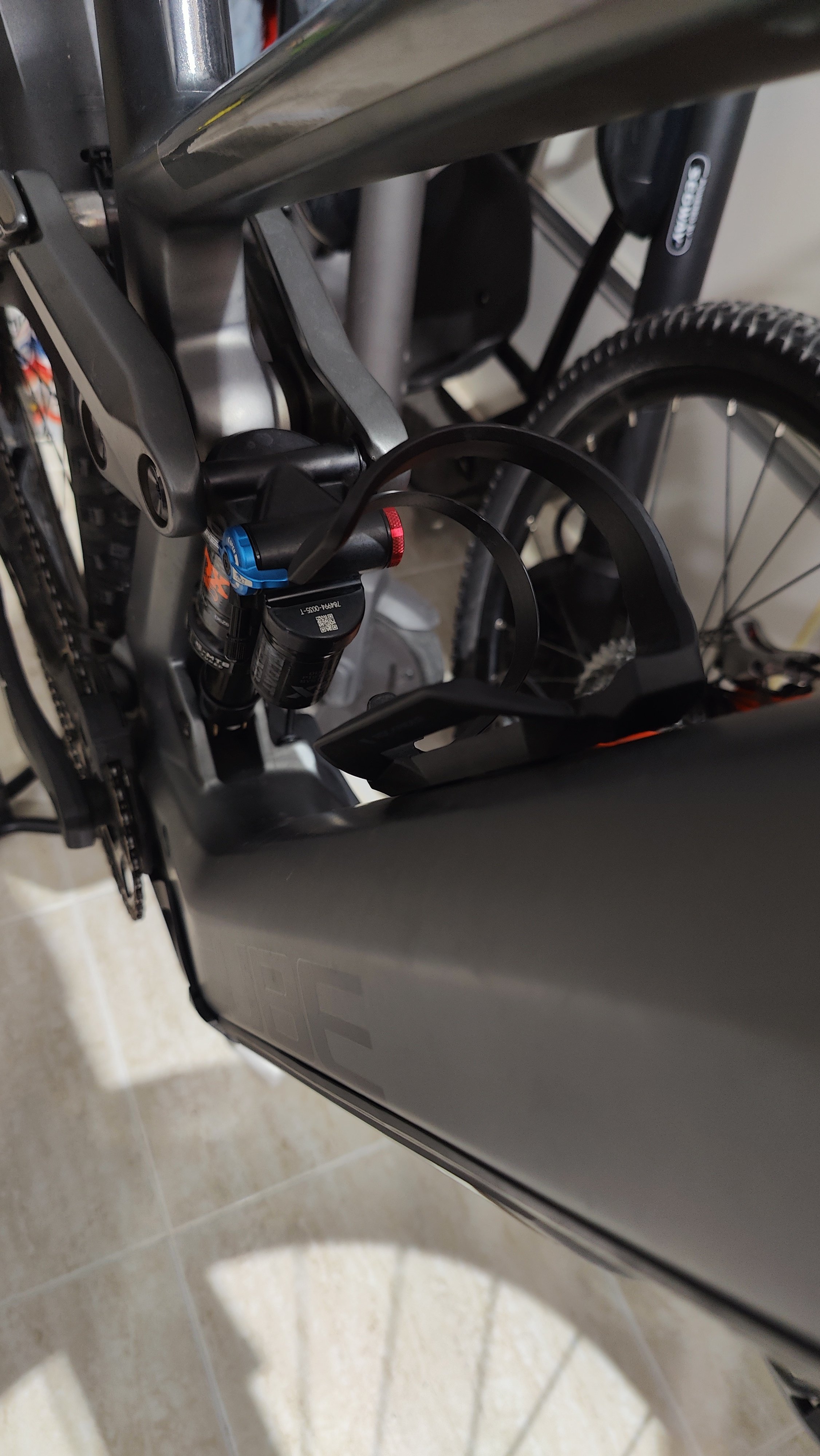
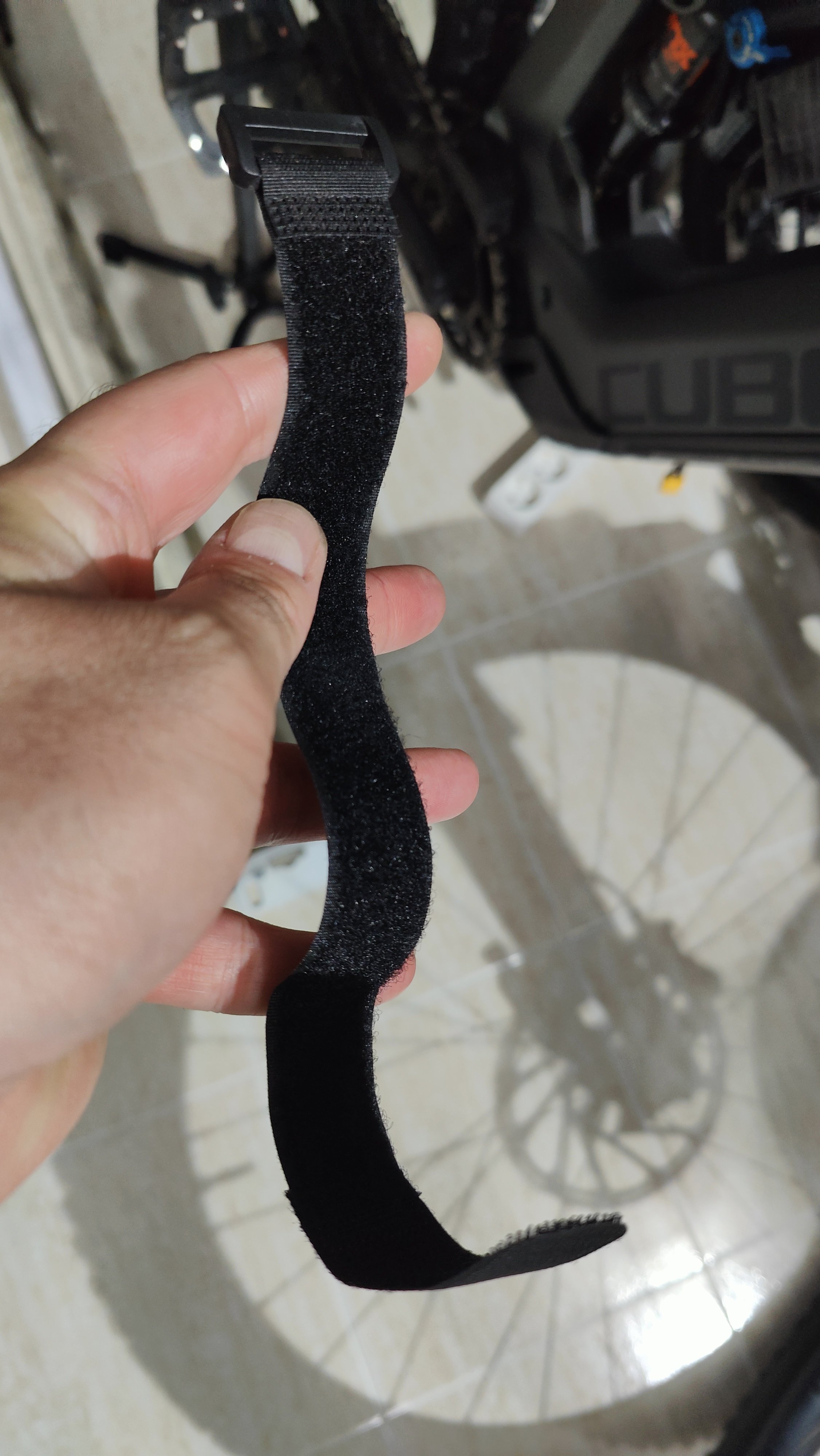
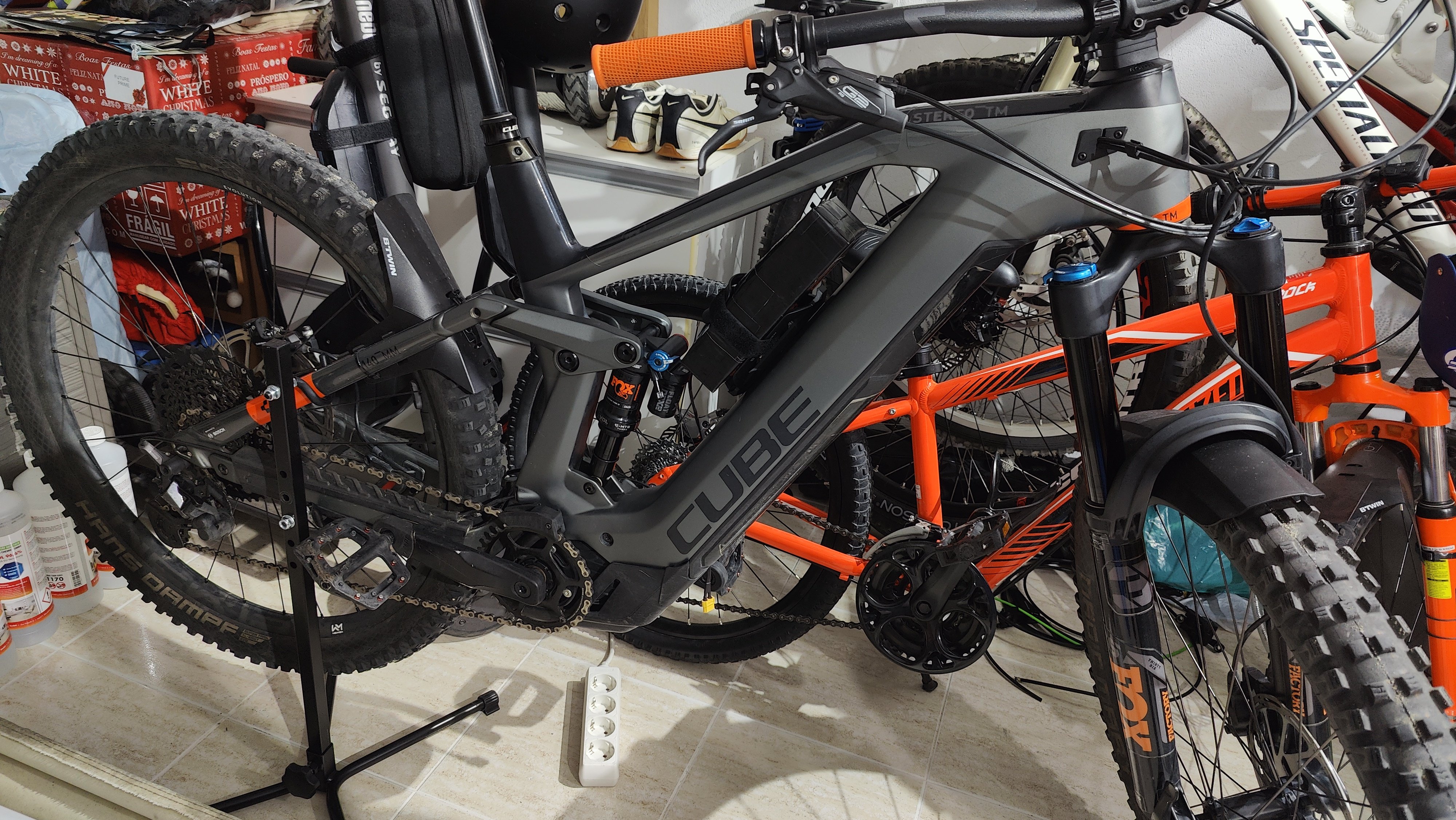
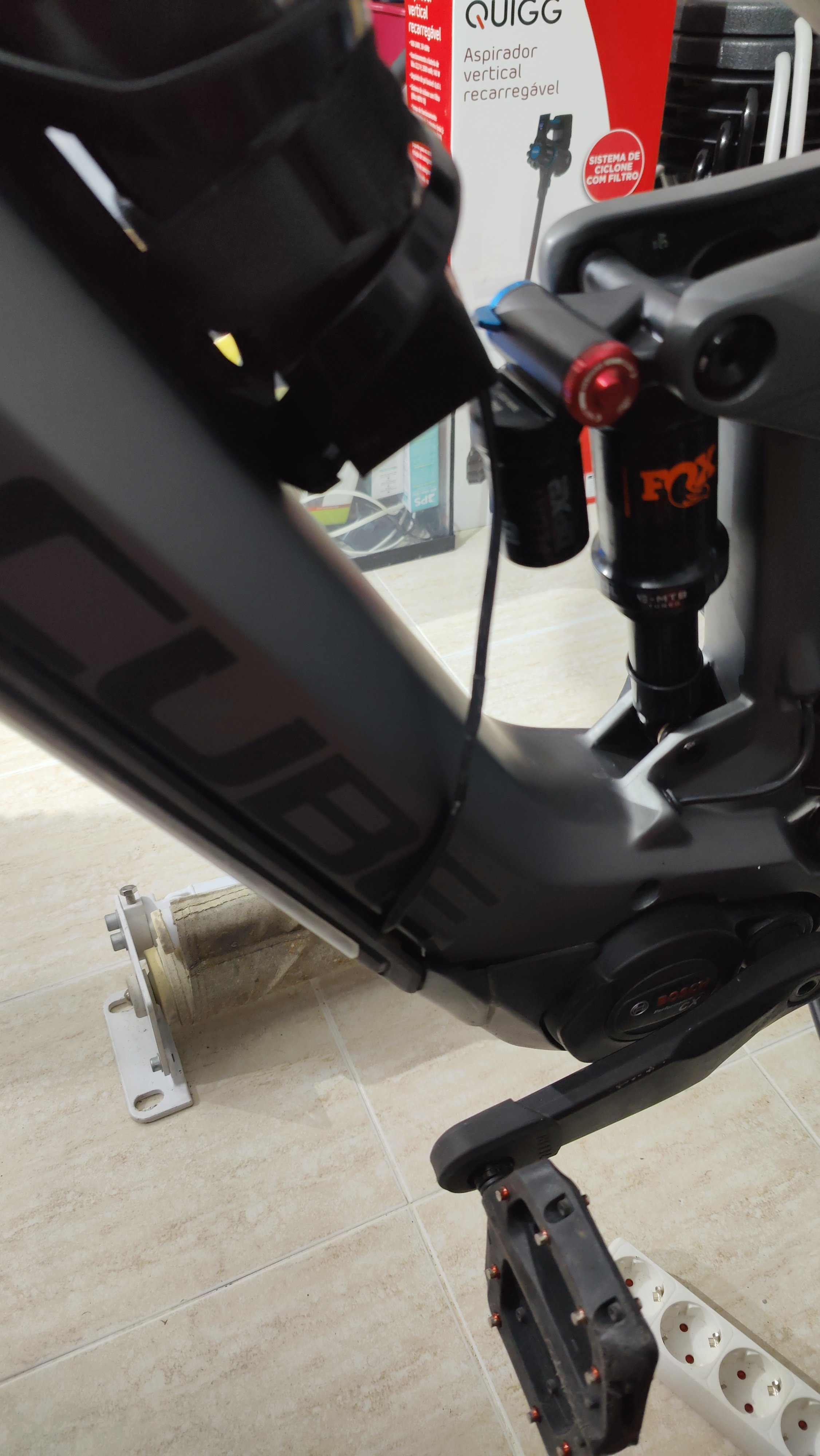
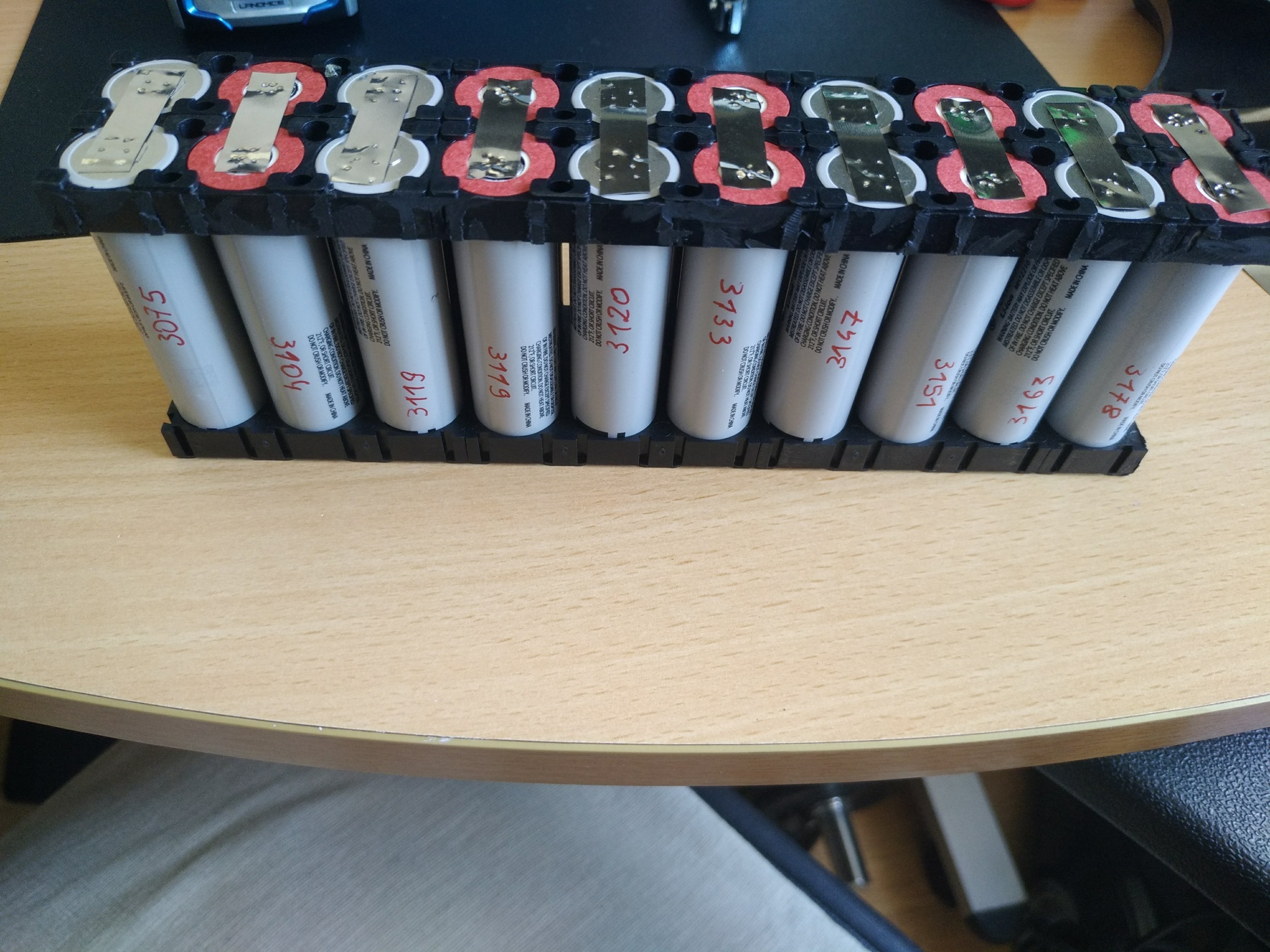
So here I am to make my first post, apart from the introduction one.
Some context first.
I ride a 2021 Cube Stereo Hybrid HPC 140 TM 625Wh. It's my first ebike and I bought it in second hand few month ago still in 2023.
This ebike its simple gorgeous and very well equipped, I never gave attention to Cube as a brand but now I am a fan. Cube delivers very high end ebikes at very competitive prices comparing both equipment and price with other brands.
So I got positive surprised.
Now Buying a 2021 ebike in current year 2023 means that I will face a 625Wh VS 750Wh Smart System (SS) challenge.
Two of my friends bought a recent 2022 KTM's Macina Prowler Master 750 SS and so they have +/- 25KM more in battery range comparing with me.
This means that every time we have a long ride (more than 50km) I have to be extra careful managing and switching the assist modes in order to arrive home with Battery.
That's why I started to search for battery range extenders. Quickly I found out that Cube doesn't has one and I found a new brand called Volabike that make them but with an high cost (at least for my wallet).
Since I am an electronics enthusiast I start thinking in a way to build my own range extender and I was successful.
Here what its needed:
- Soldering Iron
- Electric tape
- Silicon Electric Wire 18 awg
- XT60 Plugs (Male and Female)
- 10S 30A BMS
- 18650 Lit-Ion Cells
- 18650 Spacers
- 18650 tape
- Spot Welder DIY Kit
- Nickel Stripe
- Side way bottle holder
Seems too much but it isn't.
Usually ebikes, scooters, etc use LG MJ1 18650 cells because they have 10A discharge rate and has 3500mah capacity.
Since LG cells were too expensive I have used Panasonic NCR18650BD cells.
I have built a 10S2P battery, 36V with 6,36Ah and 229Wh that weights +/- 1,2Kg.
For all that concerns Spot Welding and BMS Soldering part there's plenty of videos in youtube explaining step by step.
I have coupled it direct in the Black (negative) and Red (Positive) wires that are in the big plug that connects to bosch motor, so making positive with positive and negative with negative (Parallel=Same Voltage and sum the capacity of each battery).
The battery its hold in the Side way Bottle holder with Velcro.
The setup has a very minimalistic and simple sigh view.
Now I am happy to say the with less than 50€ I have built my own range extender, and now I have 625Wh (from Bosch PowerTube Battery) + 229Wh (from range extender) = 854Wh in total.
I am heavier (body) comparing to my friends and still has more riding range as they have.
I will soon attach some images.
So For those who are thinking in spending thousands in buying a new ebike because of the extra range that 750 ones provide, think twice as with +/- 50 to 100€ you can build a range extender and keep your ebike.
The more cells you add the more range you will have but more heavier the battery will be, and of course you need to respect the maximum Wh that Bosch Motor supports, in what regards to Performance Line CX its 11XX WH but to be in safe side try not to exceed 1000Wh in total.
This not a detailed DIY, I know and sorry for that, but its more to show you that it's possible to build your own a cheap custom battery to improve the range of our ebikes and avoid wasting thousands in a new ebike just to follow the marked tendency.
Regards








Last edited:
